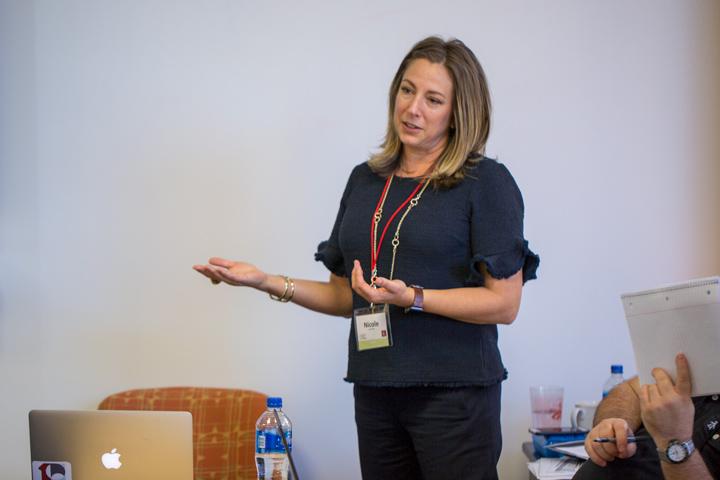Our Stories | Equity

I have the great fortune of focusing my work on projects that support teachers in serving our students more equitably. The AP Success Project and a research-practice partnership with a San Francisco high school are examples of this personalized, collaborative effort with individual schools. Our aim with these particular projects is to bring more equitable and representative opportunities to students in high level courses. To do so, we engage in inquiry-based research to inform evidence-based interventions, all in the name of disrupting the pervasive and predictable gaps in academic success.
We begin with the following questions posed to each school: Who are your underserved students, how do you know they are underserved, and what might they need to be better served? These questions provide school teams an opportunity to share their initial perceptions of inequities at their sites. We later test these perceptions through an inquiry process designed specifically for each school.
For these projects the school teams examined grades and test scores, typical markers for “student achievement,” looking for patterns of who was achieving and who was not. We then moved to other kinds of data, for example enrollment patterns as well as student engagement versus mere compliance, to expand the notion of what “achievement” means.
The most revealing part of both projects was speaking directly with students. We wondered why more students are enrolling in high-level classes, but fewer students seem to be thriving. How can a student be successful by all traditional markers but still feel like a failure, stunting their true potential? We had to look beyond the data into the faces of our students to find out whether they are fully engaged in learning or “just doing time.” More importantly, we had to find out why.
For both projects I conducted interviews with student groups to address these and other important questions. What I found was a stark contrast between students who felt like they belonged in these highly academic settings and those who did not. For example, in one interview a student said, “I don’t engage because I feel like the dumbest person in the room and I feel embarrassed.” When I asked if anyone else in the group felt the same way, nearly every student raised their hand. A sense of belonging seems essential to being willing and able to engage in learning because this connection showed up in every group I interviewed.
Along with quantitative and additional qualitative data, this candid feedback illuminates where and for whom progress needs to continue as well as how high-leverage instructional practices might be used in support of the desired changes. Providing an opportunity for teachers to hear student input while supporting those teachers with sustained, responsive professional learning is a highlight of my work at CSET.
